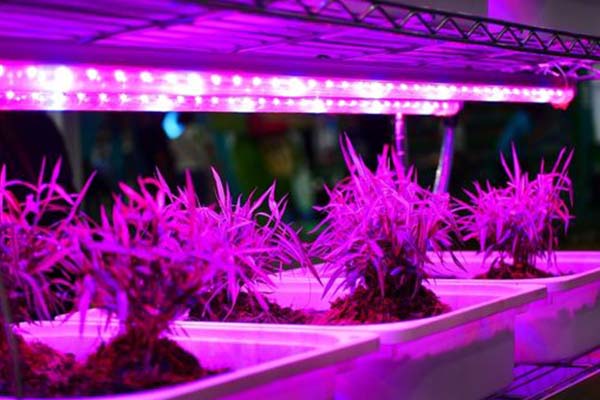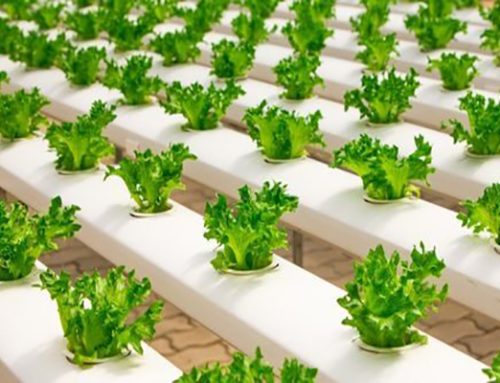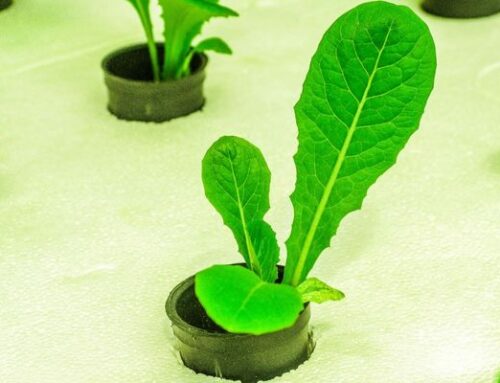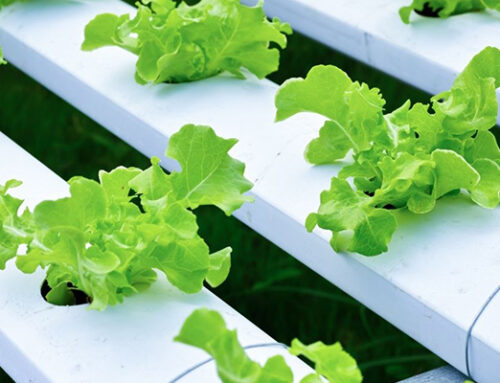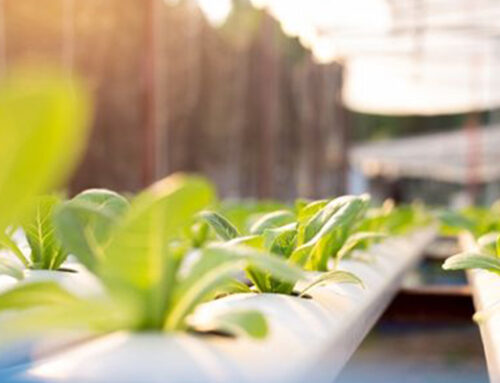Choosing the right hydroponic lighting in Virginia Beach is crucial for the success of your indoor garden. With many options available, deciding which lighting system suits your needs can be overwhelming. This indoor hydroponic lighting guide will help you navigate the intricacies of hydroponic lighting, providing valuable insights to make an informed decision.
Understanding the Basics of Hydroponic Lighting in Virginia Beach
Light is the energy source that powers photosynthesis, the process through which plants convert light into energy for their growth. Providing the right type and intensity of light is crucial in a hydroponic system, where plants grow without soil.
Different Types of Hydroponic Lights
Several types of hydroponic lights are available in the market, each catering to specific needs and budgets.
- High-intensity discharge (HID) lights, including Metal Halide (MH) and High-Pressure Sodium (HPS) lights, are popular choices due to their high light output.
- Compact Fluorescent Lights (CFLs) are energy-efficient options for small indoor gardens.
- Light-emitting diodes (LEDs) have gained significant traction recently due to their energy efficiency, customizable spectrum, and long lifespan.
When considering hydroponic lighting in Virginia Beach, choosing a system that balances your budget constraints with the specific light requirements of your plants is essential.
Optimizing Light Spectrum for Plant Growth
Plants require different light spectrums during various stages of their growth cycle. Blue light (400-500 nm) promotes vegetative growth, making it essential for seedlings and young plants. Red light (600-700 nm) stimulates flowering and fruiting, crucial for mature plants. Full-spectrum LED lights provide:
- A balanced spectrum.
- Incorporating both blue and red wavelengths.
- Ensuring optimal growth throughout the plant’s lifecycle.
When investing in indoor hydroponic lighting, consider lights that offer a customizable spectrum, allowing you to adjust the light according to the growth stage of your plants.
Considering Light Intensity and Duration
Apart from the light spectrum, light intensity and duration are equally significant factors. Different plants have varying light intensity requirements, some needing high light levels while others thrive in lower intensities. It’s vital to position the lights at an appropriate height above the plants, ensuring they receive the required intensity without causing stress or burns.
The light exposure duration often called the photoperiod, is also crucial in regulating the plant’s growth and flowering cycle. Most plants require around 14 to 18 hours of light per day, but it’s essential to research the specific needs of the plants in your indoor garden.
Selecting the Right Hydroponic Lighting in Virginia Beach for Your Indoor
By understanding the basic requirements of your plants and exploring the available options, you can create an optimal environment for their growth and ensure a thriving indoor garden. Whether you opt for HID lights, CFLs, or LEDs, remember to tailor the lighting system to the unique needs of your plants. With the proper hydroponic lighting setup, you’ll be well on your way to cultivating a lush and healthy indoor garden, providing fresh produce year-round.
Grow Depot stands as your ideal choice for hydroponic lighting in Virginia Beach. With a wide range of top-quality lighting solutions, expert advice, and unmatched customer support, we ensure your indoor garden gets the perfect illumination it deserves. Trust Grow Depot for a thriving, well-lit garden experience. Contact us now!

